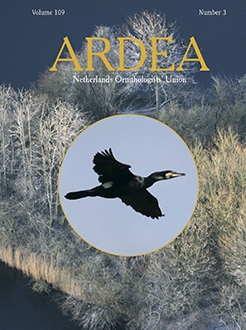BioOne.org will be down briefly for maintenance on 13 August 2025 between 18:00-21:00 Pacific Time US. We apologize for any inconvenience.

No abstract available
First Documented Report of Complete Shell Pigment Loss in the Blue-Green Eggs of the Pied Flycatcher
